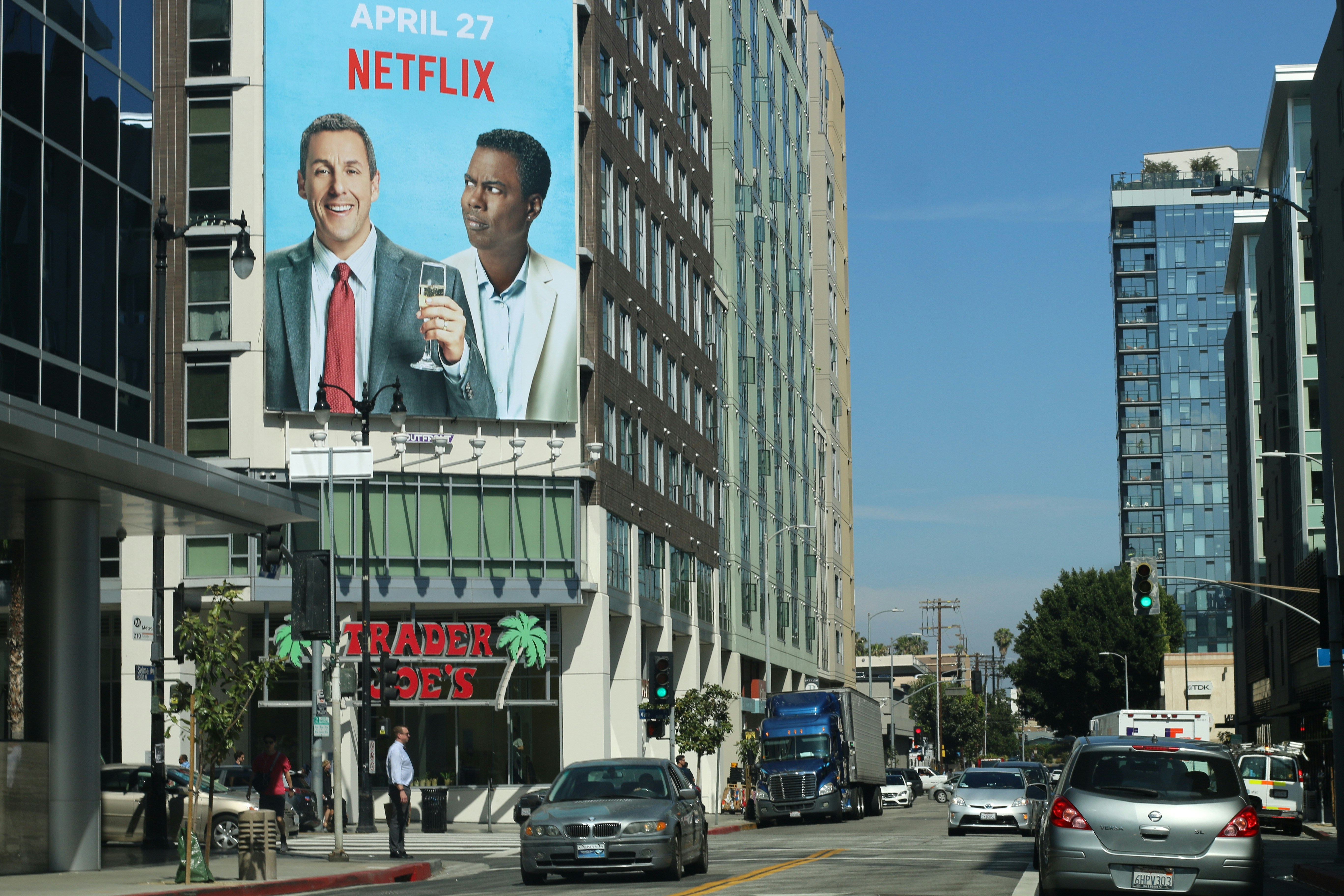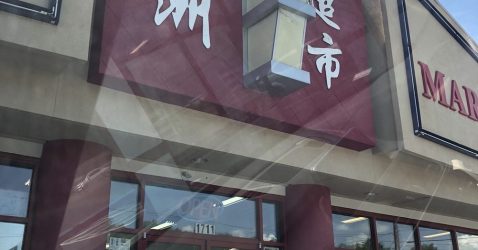The Decision-Making Process of Trader Joe’s Store Locations
If you’ve ever wondered how Trader Joe’s seems to consistently choose prime locations for their stores, you’re not alone. The decision-making process behind Trader Joe’s store locations is fascinating. From considering demographics and population density to analyzing competition and consumer behavior, Trader Joe’s employs a meticulous approach to ensure their stores thrive in the communities they serve. By prioritizing customer convenience and accessibility, Trader Joe’s has become a beloved destination for grocery shopping. So, let’s delve into the intricacies of how Trader Joe’s decides where to set up their stores.

The Decision-Making Process of Trader Joe’s Store Locations
Trader Joe’s, the popular grocery store chain, employs a well-thought-out and strategic approach when it comes to selecting new store locations. The company understands the importance of store location in driving sales, building brand visibility, and strategically expanding its presence. In this comprehensive article, we will delve into the various factors considered by Trader Joe’s during its decision-making process, providing you with insights into how this beloved retailer chooses where to open its stores.
Understanding the Importance of Store Location
The location of a store plays a pivotal role in its success. Trader Joe’s recognizes this and weighs several key factors when evaluating potential locations. Firstly, the store location has a direct impact on sales and customer base. A convenient and easily accessible location attracts more customers, resulting in higher footfall and increased sales revenue. Additionally, a strategically placed store allows Trader Joe’s to tap into a broader customer base, thereby expanding its reach and market share. Lastly, choosing the right location helps in building brand visibility, as a prominent position in a desirable neighborhood can help increase awareness and attract new customers.
Market Research and Analysis
Before deciding on a new store location, Trader Joe’s conducts extensive market research and analysis. This involves collecting relevant data and scrutinizing market trends to identify potential markets with high growth potential. By understanding market dynamics, preferences, and customer behavior, Trader Joe’s can gain valuable insights that inform its decision-making process. This thorough analysis allows the company to make strategic choices that align with its target customer base.
Demographic Analysis
Trader Joe’s recognizes that understanding its target customers is vital in determining the suitability of a location. Demographic analysis is a crucial component of this process. Through researching target customers, Trader Joe’s identifies their preferences, lifestyles, and buying habits. Population density is another critical factor considered, as it directly impacts the potential customer base. Additionally, examining income levels provides insight into the purchasing power of the local community. Finally, understanding cultural preferences helps Trader Joe’s tailor its offerings and marketing strategies to resonate with the community it serves.

Evaluating Economic Factors
When assessing potential store locations, Trader Joe’s evaluates the economic factors of the surrounding area. Reviewing the local economy helps the company gauge the economic stability and growth potential of the region. Determining disposable income levels is key in understanding customers’ purchasing power and their ability to afford the products offered by Trader Joe’s. Moreover, analyzing consumer spending patterns provides insights into whether the local population is inclined towards healthy and organic food options, which align with Trader Joe’s brand positioning.
Assessing Competition
Competition analysis is integral to the decision-making process of Trader Joe’s store locations. By identifying direct competitors, Trader Joe’s gains a deeper understanding of the market landscape and competing offerings. Analyzing competitors’ strategies helps Trader Joe’s learn from their successes and failures, enabling the company to differentiate itself and create a unique value proposition. Additionally, evaluating market saturation helps Trader Joe’s determine if there is sufficient demand to support a new store location without cannibalizing sales from existing ones.

Considering Traffic Patterns
Analyzing traffic patterns is an essential aspect of Trader Joe’s decision-making process. By studying both foot and vehicle traffic, the company gains insights into the potential customer flow and overall accessibility of a location. The proximity to residential areas, schools, and workplaces can significantly impact the customer base. Furthermore, understanding commuting patterns helps Trader Joe’s identify opportunities to capture customers during their daily routines, such as on their way to or from work.
Identifying Suitable Real Estate
Finding the right real estate is pivotal in the store location selection process. Trader Joe’s searches for available properties that meet its requirements and fit its brand image. Evaluating factors such as property size and layout ensures sufficient space to accommodate a store that offers a wide range of products and an enjoyable shopping experience. Additionally, assessing zoning regulations is critical to ensure compliance with local laws and restrictions, which may impact store operation.

Conducting Feasibility Studies
Before finalizing a store location, Trader Joe’s performs detailed feasibility studies. These studies evaluate costs, return on investment, and potential obstacles associated with the selected location. By analyzing the financial aspects, Trader Joe’s can ensure that the new store is financially viable and aligns with the company’s profitability goals. Furthermore, assessing potential obstacles, such as construction timelines, permits, or any local regulations, ensures that the store can be established smoothly and efficiently.
Engaging Local Communities
Trader Joe’s actively engages with local communities during the store location selection process. The company values community input and seeks feedback from residents and local organizations. This engagement helps Trader Joe’s understand the community’s needs and preferences. By collaborating with local stakeholders, Trader Joe’s can create a store environment and product assortment that caters to the unique needs of the neighborhood, fostering a sense of community and loyalty among its customers.

Finalizing Store Location
After conducting thorough research and analysis, Trader Joe’s management makes the final decision regarding a store location. Once the decision is made, the company enters into negotiations for lease or purchase of the selected property. Trader Joe’s carefully considers the terms of the agreement to ensure a mutually beneficial arrangement. Following the lease or purchase, the company oversees store construction, ensuring adherence to its high-quality standards and the timely opening of the new store.
In conclusion, Trader Joe’s follows a comprehensive and meticulous decision-making process when selecting its store locations. By understanding the importance of store location, conducting market research and analysis, evaluating economic factors, assessing competition, considering traffic patterns, identifying suitable real estate, conducting feasibility studies, engaging with local communities, and finalizing store locations, Trader Joe’s ensures that each new store is strategically positioned for success. Through this thoughtful approach, the company continues to expand its footprint while providing customers with convenient locations to enjoy their distinctive shopping experience.







